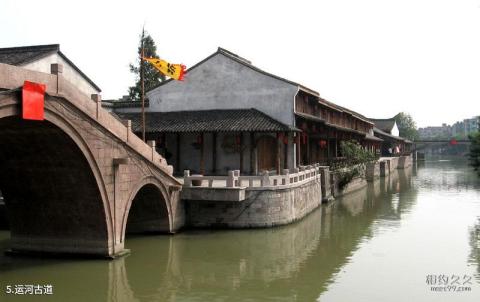
Introduction to the ancient canal road: The Beijing-Hangzhou Grand Canal is the earliest, longest and largest canal in the world. It was built in the Spring and Autumn Period more than 2,000 years ago and has a history of 2,500 years ago. It is of great significance to China. The economic and cultural development and exchanges between the north and the south have played a huge role in the development of industrial and agricultural economy and the rise of cities and towns along the route. Tangqi is an important town at the southernmost end of the Beijing-Hangzhou Grand Canal, known as the "South of the Canal". "Gate". The canal passes through the town. It has been the end and starting point of ships traveling from south to north since ancient times. Ships shuttle in the river and merchants gather on the shore. Another thing that complements the ancient canal road is the river piers that are close to each other on the shore. The goods that came to Hangzhou by water in the past were boarded ashore through these large and small river piers. At the same time, these river piers were also used by local residents to do laundry. A place for washing rice. As an ancient town that thrived on the canal, the people of Tangqi have a far deeper understanding of the canal and water than other ancient towns. Although today's ancient canal is no longer bustling, there are still calm waters and the occasional small wooden boat rowing across the water.
